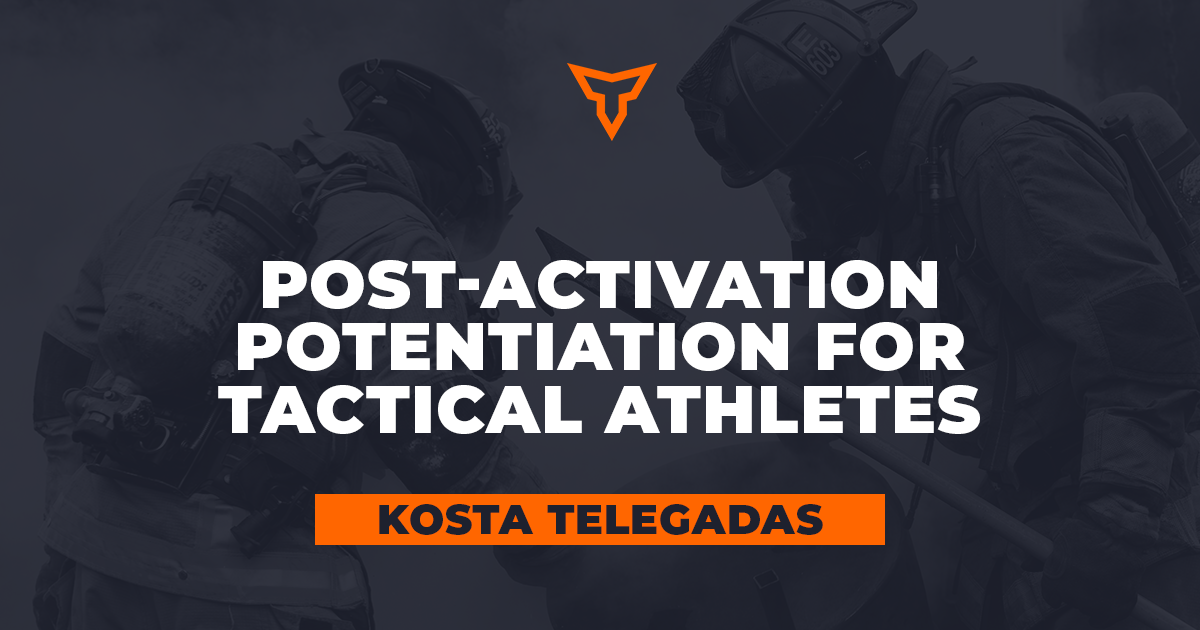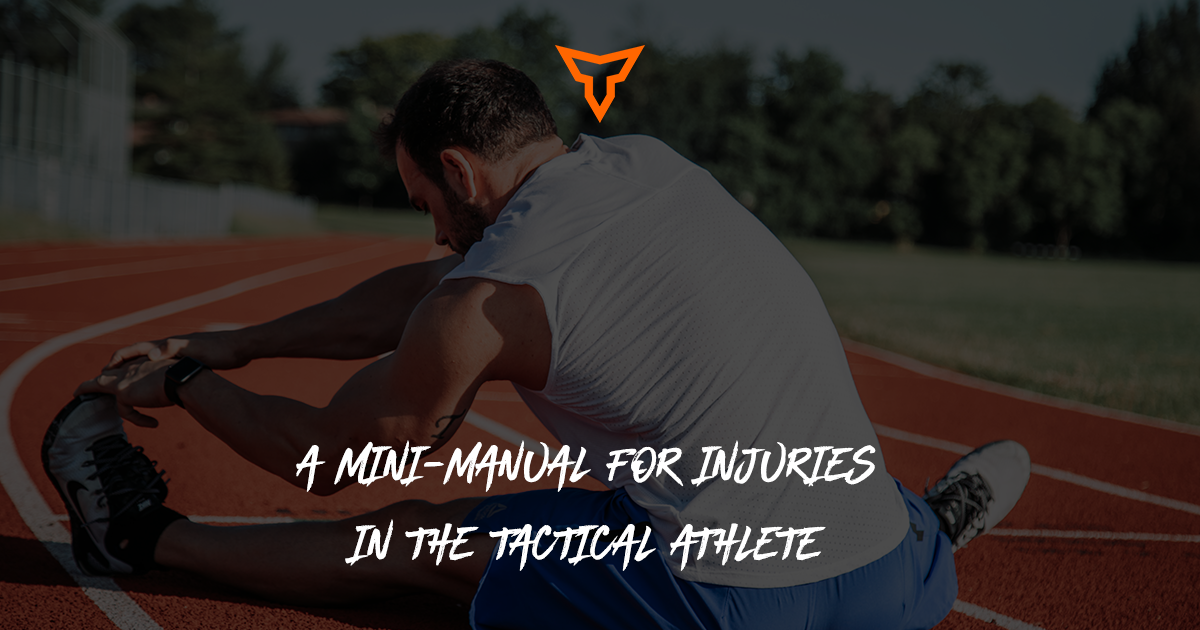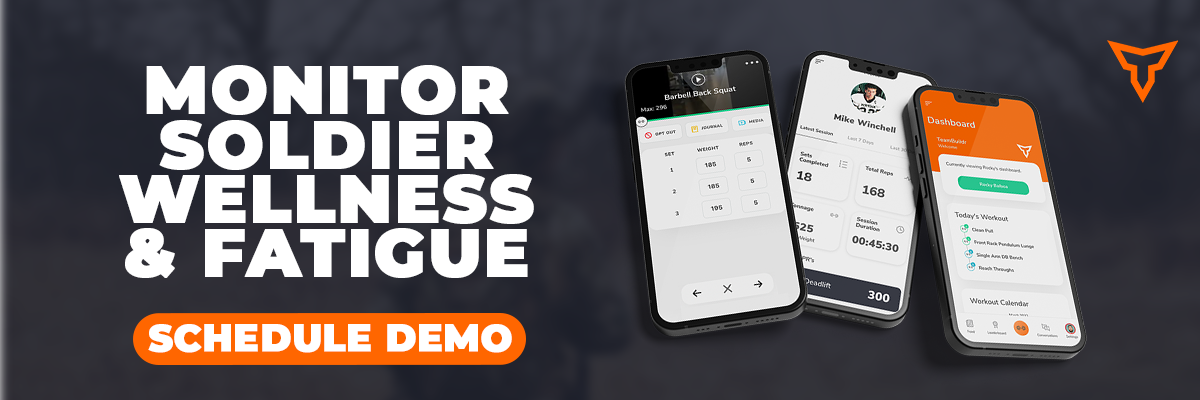A Guide to Understanding and Passing the CPAT
Section 1: What is the CPAT?
The Candidate Physical Ability Test (CPAT) is the IAFF/IAFC standard physical assessment to be eligible for getting hired on to a department. The CPAT is a timed test that measures how candidates handle eight separate physical tasks or functions, designed to mirror tasks that firefighters would have to do on the job. In order to pass the CPAT you must successfully complete all 8 tasks in under 10:20.
The 8 tasks are the following:
- Stair Climb (climbing stairs while carrying an additional 25 pound simulated hose pack)
- Hose Drag (stretching uncharged hose lines, advancing lines)
- Equipment Carry (removing and carrying equipment from fire apparatus to fire ground)
- Ladder Raise and Extension (placing a ground ladder at the fire scene and extending the ladder to the roof or a window)
- Forcible Entry (penetrating a locked door, breaching a wall)
- Search (crawling through dark unpredictable areas to search for victims)
- Rescue Drag (removing a victim or partner from a burning building)
- Ceiling Breach and Pull (locating a fire and checking for fire extension)
During the test, candidates are required to wear a helmet, gloves and a 50 pound weighted vest. This is designed to simulate the weight of a firefighter's personal protective equipment. For the stair climb, candidates are required to carry an additional 25 pounds of weight, which simulates the carrying of a hose pack into a high rise fire. Candidates are accompanied by a test proctor, who calls out directions for the test events and scores the candidate's success. Each event of the CPAT must be completed as directed.
For a detailed breakdown of each event you can check out this video HERE.
Section 2: Tips for Each Task
Stair Climb
1. Right out of the start work on controlling your breathing. Find a good rhythm of consistent inhales and consistent exhales. Focus on this before you start to get tired.
2. Aim to achieve full foot pressure on the steps. Using only the balls of your feet can light up your calves and get those muscles burning a little too much too early in the test.
3. Stay focused. Don’t lose sight of your goal throughout the 3 minutes. It can seem like a long 3 minutes of doing the same thing over and over, but stay locked in.
Hose Drag
1. Feel free to run on this one if your legs are still feeling good after the stair climb.
2. Use your core during the hose pull portion. Don’t pull with just your arms. Rotate your torso and get as many muscles working at you can for the most efficient pulls.
Equipment Carry
1. Keep arms straight during the carry. Any elbow bend will place unnecessary strain on the biceps and fatigue them quicker.
2. Keep core braced throughout the carry but maintain rhythm in your breathing.
3. Walk with a slight knee bend/lowered hips. This lower center of gravity and softer foot strike can help reduce dynamic strain on the forearms every time your foot hits the ground.
Ladder Raise and Extension
1. Focus on getting solid foot placement so that you’re balanced before extending/lowering the ladder.
2. This one is really easy, just don’t rush through it.
Forcible Entry
1. Rotate with your hips! Use your legs. Don’t use only your arms to swing the sledgehammer.
2. Hand placement is key to controlling the sledgehammer and having an accurate strike with every swing. Bottom hand should be at the very bottom of the sledgehammer and the top hand should be at least 6-8 inches above the bottom hand, somewhere in the middle of the sledgehammer shaft. The closer the top hand is to the head of the sledgehammer the more control you will have.
Search
1. Don’t get lost lol.
2. Try to slow your breathing down during this task.
Rescue Drag
1. Make sure you get a good grip before you start dragging.
2. Keep arms straight during the drag. Any elbow bend will place unnecessary strain on the biceps and fatigue them quicker.
3. Small, choppy steps will help you maintain control.
4. Keep your core braced throughout the drag.
Ceiling Breach and Pull
1. Use your legs! Both the breach and pull should be initiated by your legs, not your arms. Your arms can help stabilize the pike pole but use your legs and core to actually accomplish the task.
Section 3: How to Train for the CPAT
I get this question all the time. I believe a solid foundation of fitness that includes strength training and conditioning will more than prepare you to pass the CPAT. The people I’ve seen not pass were just really out of shape and probably didn’t do any training leading up to the CPAT test. Let’s breakdown some specific attributes of the CPAT and how you can best train for them.
Time Domain
This test is at most 10 minutes and 20 seconds. Knowing this you need to be able to work at a high intensity for at least 10-11 minutes. It wouldn’t hurt to add some workouts that are 10 minutes in length, for example, a 10min AMRAP (as many reps as possible) where you can do movements like 30 lunges, 5 5-yard lateral shuffles, 5 pull ups, 10 med ball slams.
Load Carriage
If you’ve never done high intensity exercise with external load (weighted vest) it can be very eye opening to how difficult it is. A 50lb vest makes basic movements more challenging, and the weight of the vest can impact your ability to breathe efficiently. Plus, there’s another 25lbs of load added during the stair climb. With this in mind I highly recommend adding load carriage to your training plan. Use a ruck or weighted vest. If you’re on a budget filling a backpack with heavy books can substitute a ruck and you can sometimes find weighted vests at play it again sports or on facebook marketplace for fairly cheap.
Grip Strength + Endurance
Many of the tasks in the CPAT involve high amounts of grip strength and grip endurance. You can’t drag a rescue randy if you can’t even pick him up. Doing exercises like wrist curls, bar hangs, and farmers carries can help you build strength in your grip. Having a weak grip can make easy tasks like the equipment carry and the ladder extension much harder than they actually are.
Power
The hose pull, ladder extension, forcible entry, and ceiling breach/pull all contain elements of power. You need to train for power. This can be simple exercises like vertical jumps and med ball throws, but moving explosively and fast is a must. Also, think about the very last event. It takes power in your legs/hips while also utilizing your upper body, all while you’re fatigued from the previous 7 tasks. It’s important to also train for power when you’re fatigued.
Quads
3 minutes on the stair mill with 75lbs of external load is not easy by itself, but because it’s challenging it also makes everything you do after it more challenging. I recommend practicing this by doing exercises like step ups or lunges for 3 minutes and then doing some grip intensive exercises or more lower body intensive exercises. Get used to the feeling of having to do movements while your legs, specifically your quads, feel super heavy.
These are 5 aspects you should prioritize in your training. That being said, if you have a high level of general fitness you shouldn’t have any problem physically passing the CPAT. Strength train 2-3 times a week, and do cardio 2-3 times a week. Your cardio should be a mix of aerobic base building (low intensity, long duration), metabolic conditioning (think AMRAP style workouts), and interval training. Don’t forget to maximize your recovery by prioritizing sleep and nutrition! Everything I’ve mentioned doesn’t matter as much if your sleep and nutrition is awful.
Subscribe to our blog
Subscribe to receive the latest blog posts to your inbox every week.
Related posts

Post-Activation Potentiation for Tactical Athletes

A Mini-Manual For Injuries in the Tactical Athlete


